Potato storage conditions - we preserve the crop for a long time
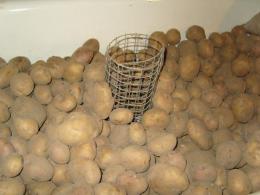
As we all know grow a decent harvest of vegetables, berries or fruits with your own hands is not so easy. However, caring for plantings does not end there, because it is necessary to correctly collect each type of garden crop, and then properly store or process them.
Content:
- Types and features of storage for potatoes
- Potato storage stages and necessary conditions
- Important storage conditions
Many crops require special storage conditions for proper storage and preservation of all nutrients.
Own potatoes, as you know, are the second bread for many gardeners. And create conditions for preserving the harvest throughout the winter and spring, to provide for your family delicious And useful potatoes, is very important, if not the most important condition.
Types and features of storage for potatoes
Among the known methods and devices for storage For large yields of this garden crop, use:
- Burts (this is a kind of mound of several layers of potatoes, covered for the winter with heat-saving insulating material). Burts are formed both on the surface of the earth and a shallow pit is dug for storage;
- Pits (from 60 cm to 1.5 meters deep, the bottom of which is lined with boards);
- Trenches (quite deep, but their depth depends on the degree of soil freezing in winter);
- Cellars and basements that do not freeze in winter;
- Specialized industrial storage facilities.
If you choose pits or trenches for storage, then you need to choose places on the site that are not in the lowlands, but on a hill where it is dry and there is no stagnation of water. Groundwater must be located at least 2 m deep from the intended storage location, otherwise the entire crop may rot.
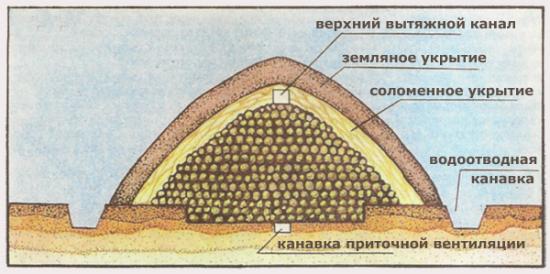
Just in case, when constructing storage for potatoes in holes or trenches, it is necessary to take care of digging drainage grooves.
The construction of piles and trenches does not require much effort, but you need to carefully approach the choice of location and the correct arrangement of such storage facilities in terms of the arrangement of underlying layers that protect the potato harvest from possible external influences.
Of course, it is most preferable to create conditions for storing potatoes in a specialized storage facility. With this storage method, you can always track the condition of your crop, change and adjust storage conditions.
There are three types of specialized storage facilities: semi-recessed, recessed and above-ground. The best option is considered to be the first type - semi-recessed storage. But in this case, you also need to take care of finding the most favorable location, without nearby groundwater.
Potato storage stages and necessary conditions
The best temperature for long-term storage of potato crops is considered to be +2-3 degrees Celsius, maintaining an air humidity of 85 to 90%. It is important that the room is cool, dry and frost-free during the particularly cold winter months.
Storage stages are divided into 3 periods:
- The post-harvest stage begins at the time of harvest and lasts approximately two weeks. At this time, it is necessary to ensure a temperature of +15-18 degrees in the storage.
- The second stage should last at least 10 days, when the potatoes should be stored at a slightly lower temperature than in the first stage - +12-14 degrees.
- The third or main period involves a decrease in temperature to +2-5 degrees.
During the first two stages, healing occurs on the tubers of the damage that was received during harvesting and transportation to the storage site.
Important storage conditions
A very important condition for ensuring that fresh vegetables will delight you all winter and spring is the installation of thermal insulation in the potato storage facility. For this purpose, a variety of building materials with thermal insulation properties are used.
But the most important factor when storing crops is ventilation of the room or storage area.
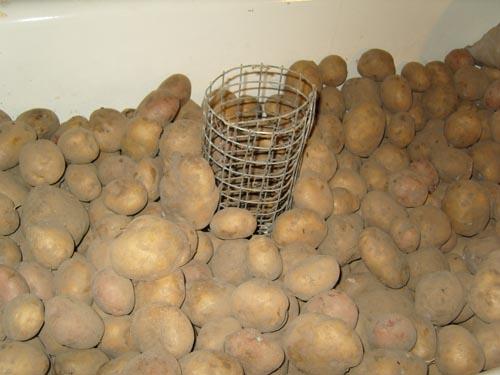
As you know, there are two types of ventilation: natural and forced. Natural ventilation in storage facilities is achieved by using ventilation exhaust and supply pipes, while forced ventilation is used in very large storage facilities using various industrial devices.
Storage areas where there is a natural air flow are usually equipped with bins or wooden boxes designed for storing potatoes.
When storing from the time of harvest until about February, it is permissible to fill potatoes into bins with a filling height of about 1.5 meters. If you expect a longer storage period, then the height should not exceed 1 meter.
In addition, it is necessary to pay attention to the size of the tubers. The height of filling potatoes in bins also depends on it: if the tubers are small, then the height of filling should be less.
It will be necessary to install a couple of thermometers in the underground or cellar to be able to control the storage temperature. It is recommended to install one thermometer immediately at the entrance (at a height of approximately 30 cm from the floor), and the second in the center of the subfloor or cellar, at a height of approximately 160 cm. To measure air humidity, a psychrometer is also installed in the center of the storage room.

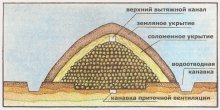
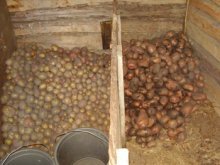
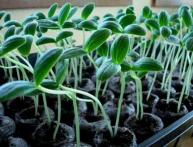

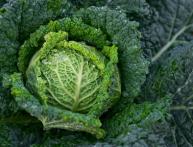
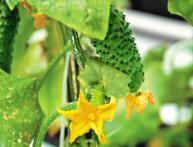

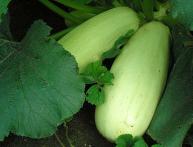


Comments
In my experience, potatoes are stored best in cool, well-ventilated areas. Unfortunately, there is absolutely no such possibility in the apartment; the basement is too warm.